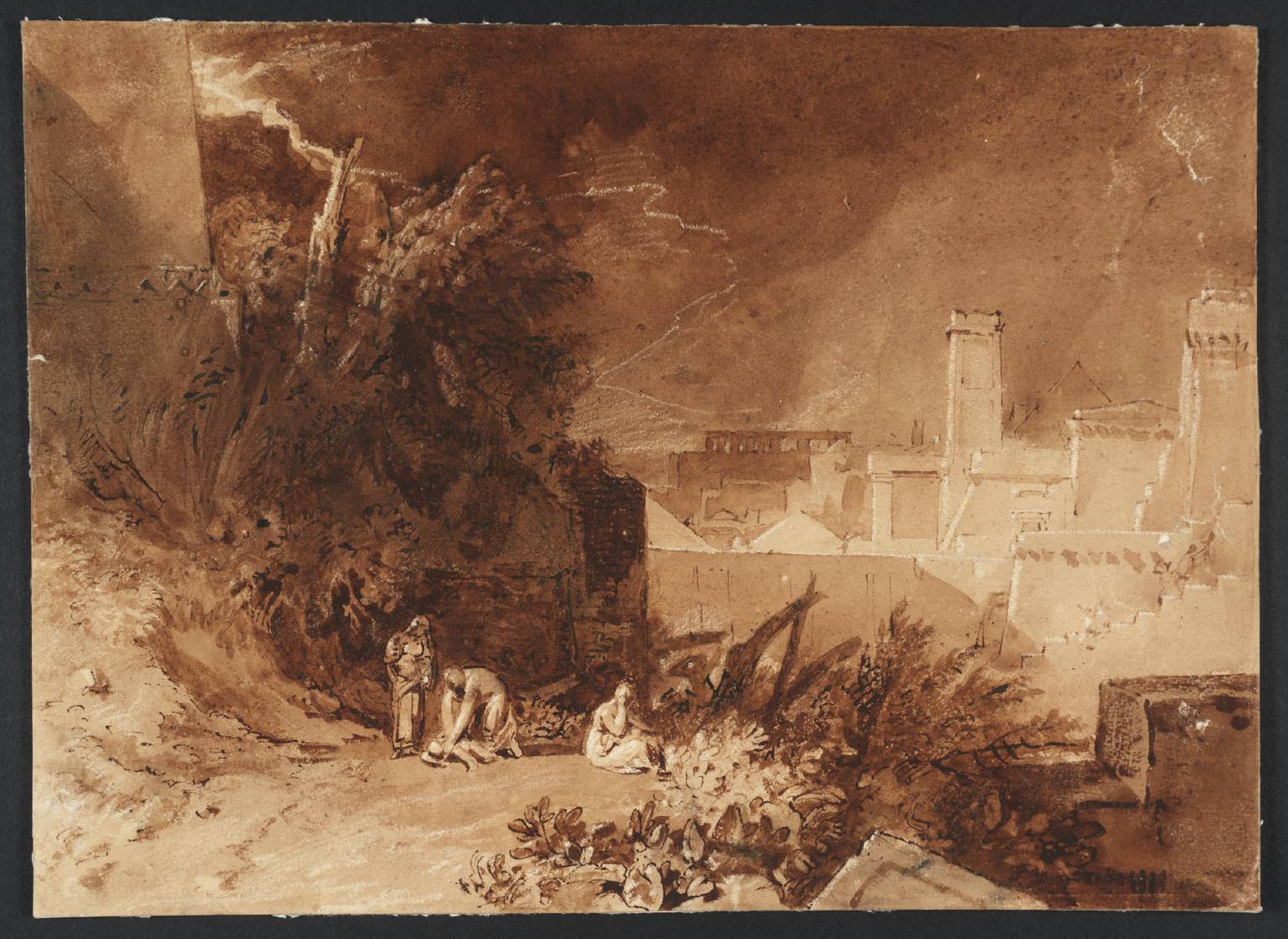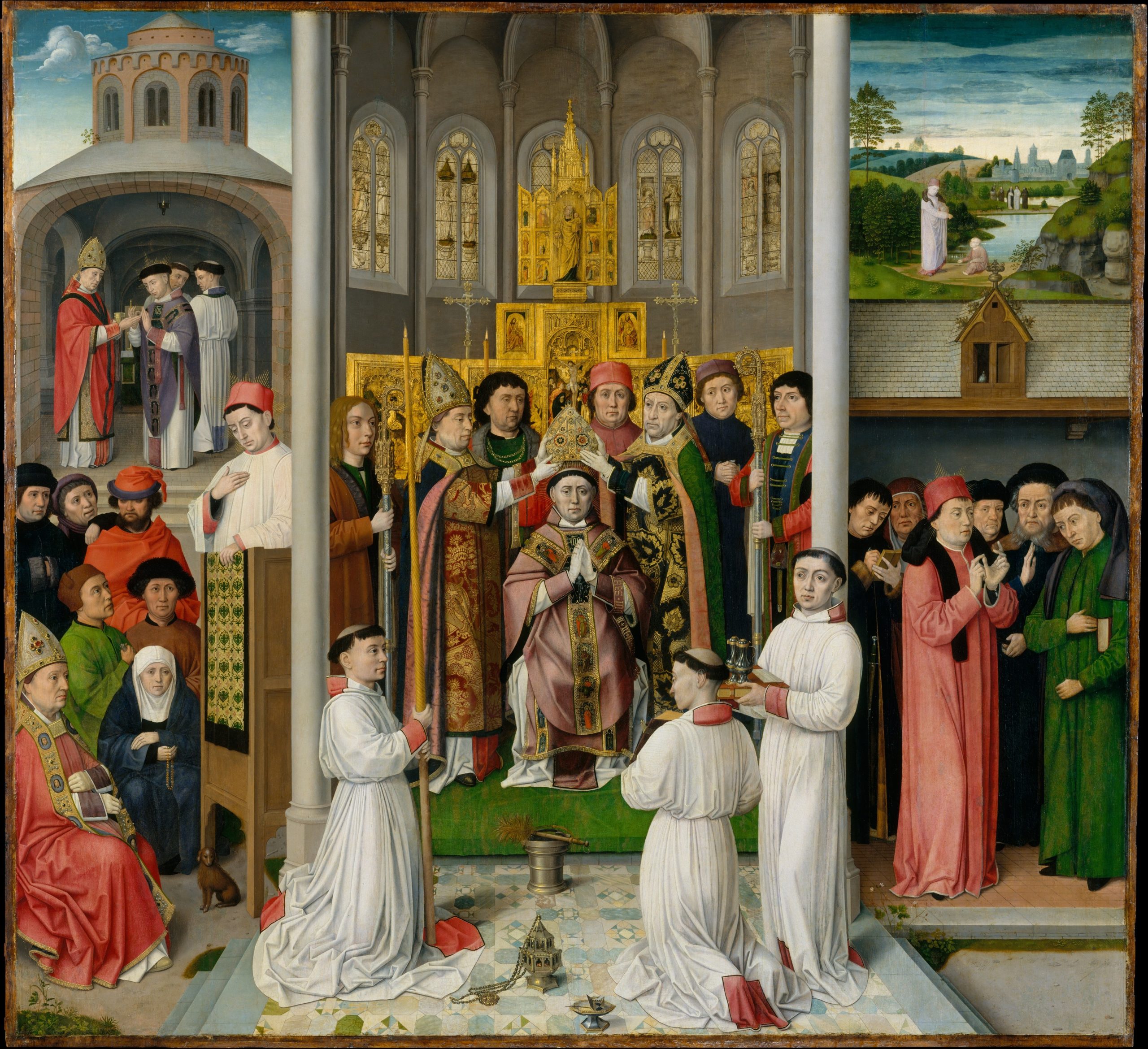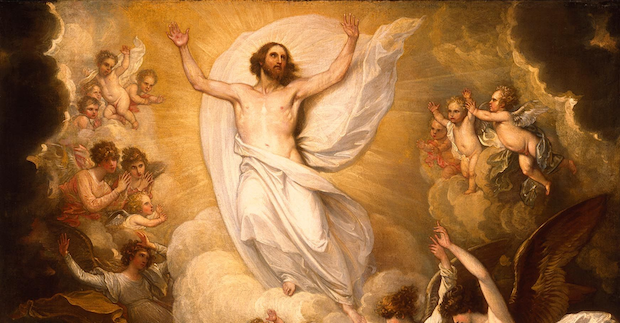 This grim piece from Michelangelo Merisi da Caravaggio is called Giuditta e Oloferne, or “Judith Beheading Holofernes.” It depicts Judith, a young widow, decapitating Holofernes after pretending to ally herself with the enemy.
This grim piece from Michelangelo Merisi da Caravaggio is called Giuditta e Oloferne, or “Judith Beheading Holofernes.” It depicts Judith, a young widow, decapitating Holofernes after pretending to ally herself with the enemy.
The deuterocanonical book of Judith describes Judith seducing Holofernes (the leader of the enemy troops), getting him drunk, then taking her sword and beheading him.
The red curtain symbolizes both the act of murder and this Old Testament heroine’s triumph over tyranny. Note the contrasts of light and darkness, youth and age, strength and weakness.

She came close to his bed and took hold of the hair of his head, and said, “Give me strength this day, O Lord God of Israel!” And she struck his neck twice with all her might, and severed his head from his body. — Judith 13:7–10
Artist: Michelangelo Merisi da Caravaggio
Year: circa 1598–1599
Location: Rediscovered in 1950, Judith Beheading Holofernes is part of the Galleria Nazionale d’Arte Antica collection in Rome.
***
Read more about this piece and browse other sacred art in the Verbum app.





